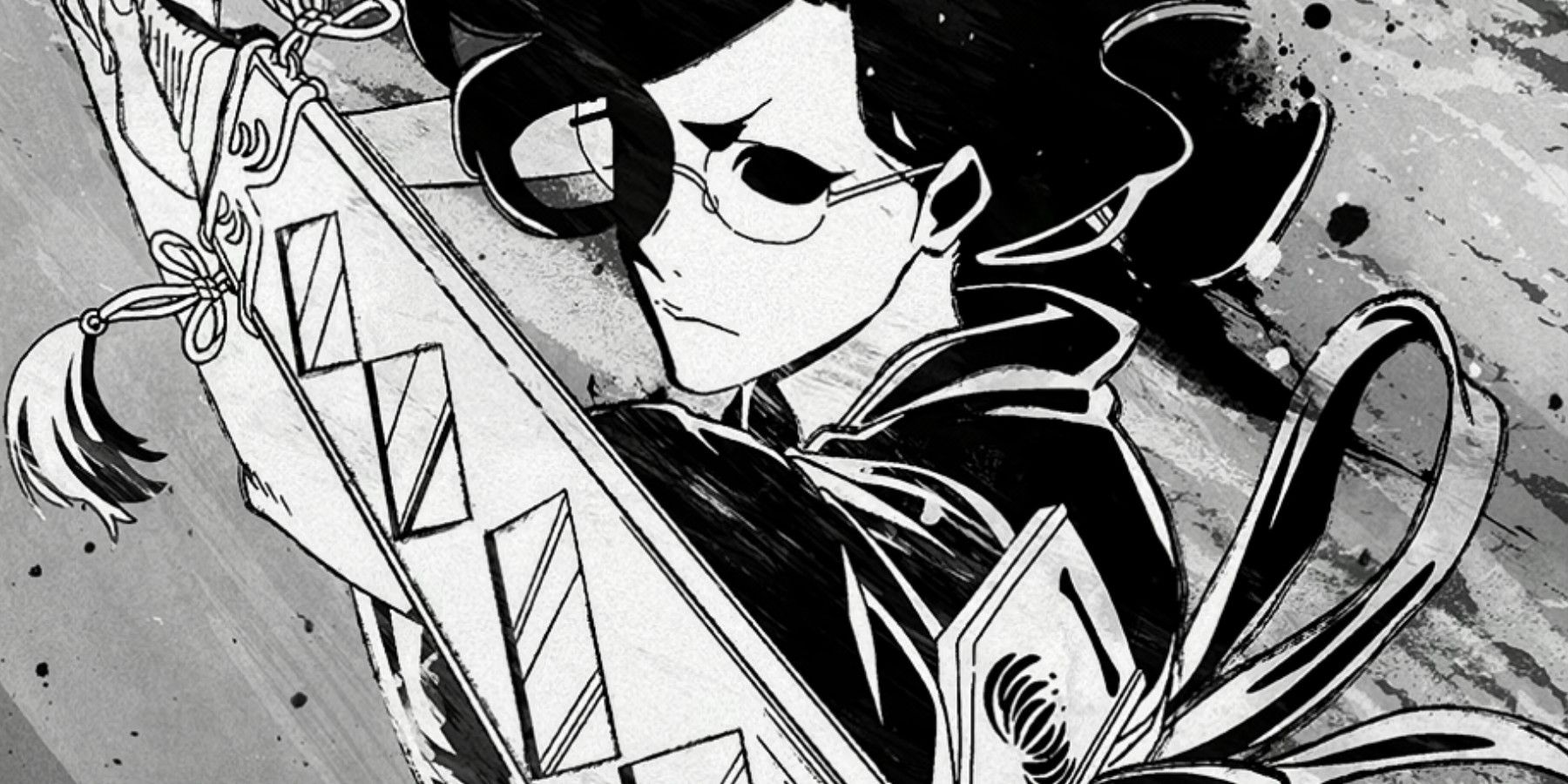
Summary
- Nanao Ise reveals her family curse and wields the Shinken Hakkyōken intelligently to defeat Lille Barro.
- The Shinken Hakkyōken is a bladeless ornate sword reflecting divine power wielded by Ise Clan priests.
- The concept of the Happō, the Eight Auspicious Signs, and the Noble Eightfold Path are explored in BLEACH lore.
As a longtime fan of Bleach, I must say that the latest arc, Thousand-Year Blood War, has been nothing short of spectacular. The intricate plotlines, character development, and attention to detail are truly commendable.
In the 11th episode of “BLEACH: Thousand-Year Blood War Part 3 – The Conflict,” Captain-Commander Shunsui Kyoraku encounters a predicament when Lille Barro, who he believed had been defeated by his Bankai, Katen Kyōkotsu Karamatsu Shinjū, miraculously revives and becomes extremely enraged. The unsung hero of the day turns out to be Kyoraku’s lieutenant, Nanao Ise, as she discloses that she is aware of Kyoraku’s most confidential secret: he has been safeguarding her Zanpakutō at the behest of her mother, Isuzu Ise.
The Shinken Hakkyōken, or the Divine Eight-Mirror Sword, is an artifact of great power within the Soul Society, rumored to be so potent that it could vanquish even a deity. However, this powerful relic has a dark side; it is believed to carry a curse which has claimed the lives of every man who wedded a woman from the Ise Clan. Let us delve into what the Shinken Hakkyōken entails and how it managed to overcome Lille Barro.
The Eight Directions Concept Comes Up, Again
The Number of Infinity
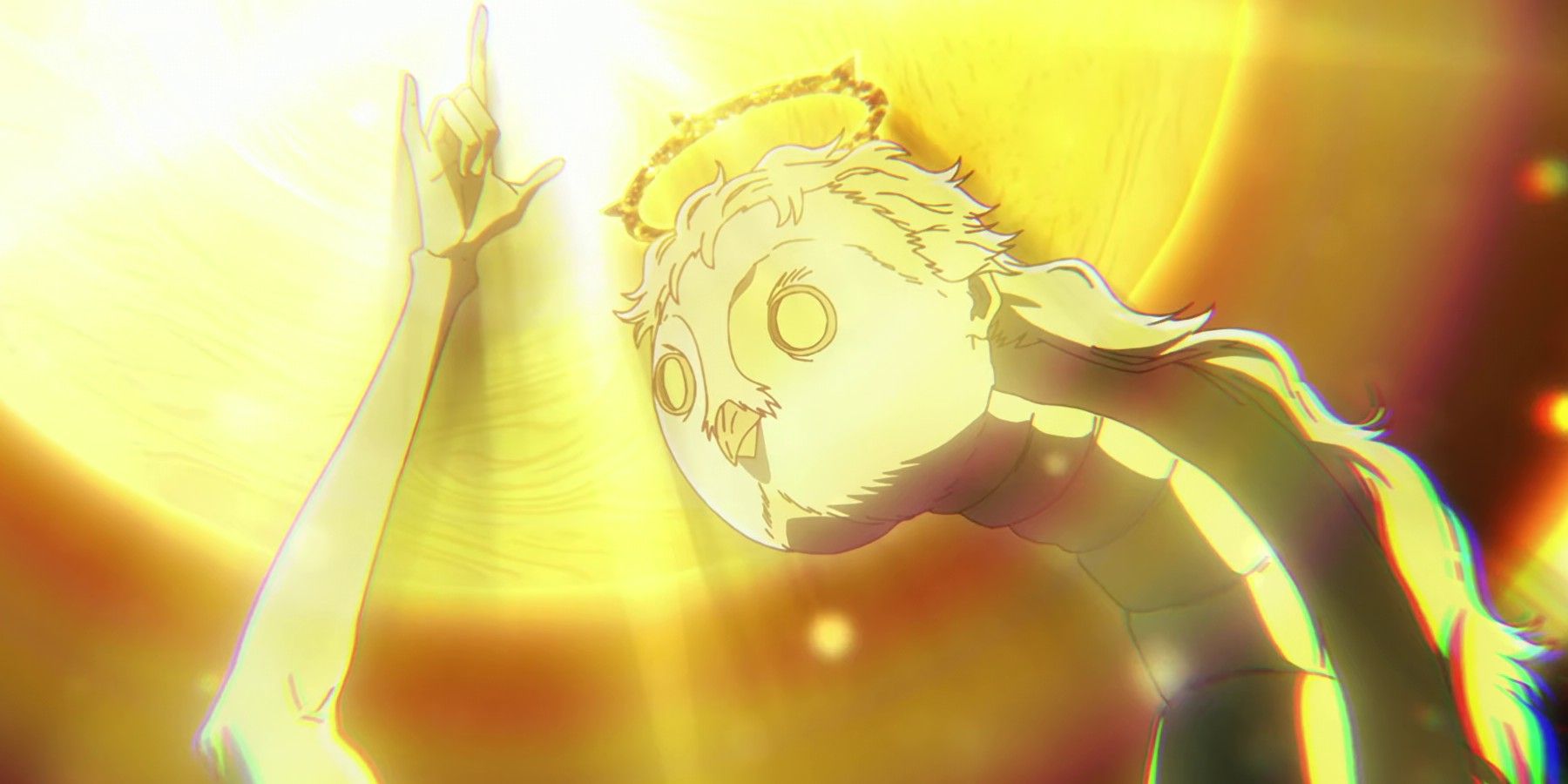
The Japanese term “happō“, written 八方, is a compound of “ha” from “hachi“, meaning eight, and “hō“, way or direction, and it signifies “all directions”. In many Asian cultures, the number eight carries significant importance. For instance, in Chinese numerology, eight is considered fortunate as its pronunciation, “ba“, resembles “fa” 发, which means wealth, fortune or prosperity. Moreover, in Buddhism, there’s a set of “sacred treasures” called the Ashtamangala, also known as the Eight Auspicious Signs. These symbols are associated with enlightenment and good fortune based on offerings made to Shakyamuni Buddha after he achieved enlightenment. The specific eight treasures/symbols vary depending on the school of thought, such as Chinese or Tibetan Buddhism, Jainism, or Hinduism.
| The Eight Auspicious Signs/Ashtamangala (Tibetan Buddhism Version) | |
|---|---|
| Treasure | Symbolism |
| Endless Knot | The ultimate unity of everything |
| Padma/Lotus Flower | Purity |
| Dhvaja/Victory Banner | Buddha’s victory over the four Māra – the personified forces that are antagonistic to enlightenment. The name can mean “causing death”. |
| Dharmachakra | The Wheel of Law – the single most important Buddhist symbol that typically has eight spokes and represents the perfection of the teachings of Buddha/the universal moral law or order |
| Bumpa/Vase | Health, longevity, wealth, prosperity, wisdom; representing Buddha’s infinite quality of teaching the Dharma, which is not subject to the law of diminishing returns. |
| Pair of Golden Fish | The auspiciousness of all sentient beings/lunar and solar channels and their carrying of alternating rhythms of the primordial breath or prana. |
| Parasol | Protection from harmful forces, represents the sky and expansiveness of space/aether |
| Conch | The pervasive sound of the Dharma which awakens disciples from their ignorance |
Beyond these eight treasures, the number eight in Buddhism additionally symbolizes the eight radial arms on the Dharmachakra – the wheel of teachings or universal order. These radial arms signify the Noble Eightfold Path, a concise outline of the actions that guide one towards nirvana, a state free from the suffering cycle of reincarnation called samsara. The components of this path are:
- Correct view: an accurate understanding of the nature of things
- Correct intention: avoiding thoughts of attachment, hatred, and harmful intent,
- Correct speech: refraining from verbal misdeeds such as lying, divisive speech, harsh speech, and senseless speech,
- Correct action: refraining from physical misdeeds such as killing, stealing, and sexual misconduct,
- Correct livelihood: avoiding trades that directly or indirectly harm others
- Correct effort: abandoning negative states of mind that have already arisen, preventing negative states that have yet to arise, and sustaining positive states,
- Correct mindfulness: awareness of body, feelings, thought, and phenomena
- Correct concentration: single-mindedness.
In the anime series, BLEACH, we’ve previously encountered the idea of the Happō. This concept is vividly portrayed in the name and depiction of 5th Squad Captain and Visored leader Shinji Hirako’s Bankai: Sakashima Yokoshima Happō Fusagari. This powerful ability distorts the perception of friend and foe for those who witness it, causing them to question their allegiances.
Deus Ex Machina
A Refraction Of Divine Evil
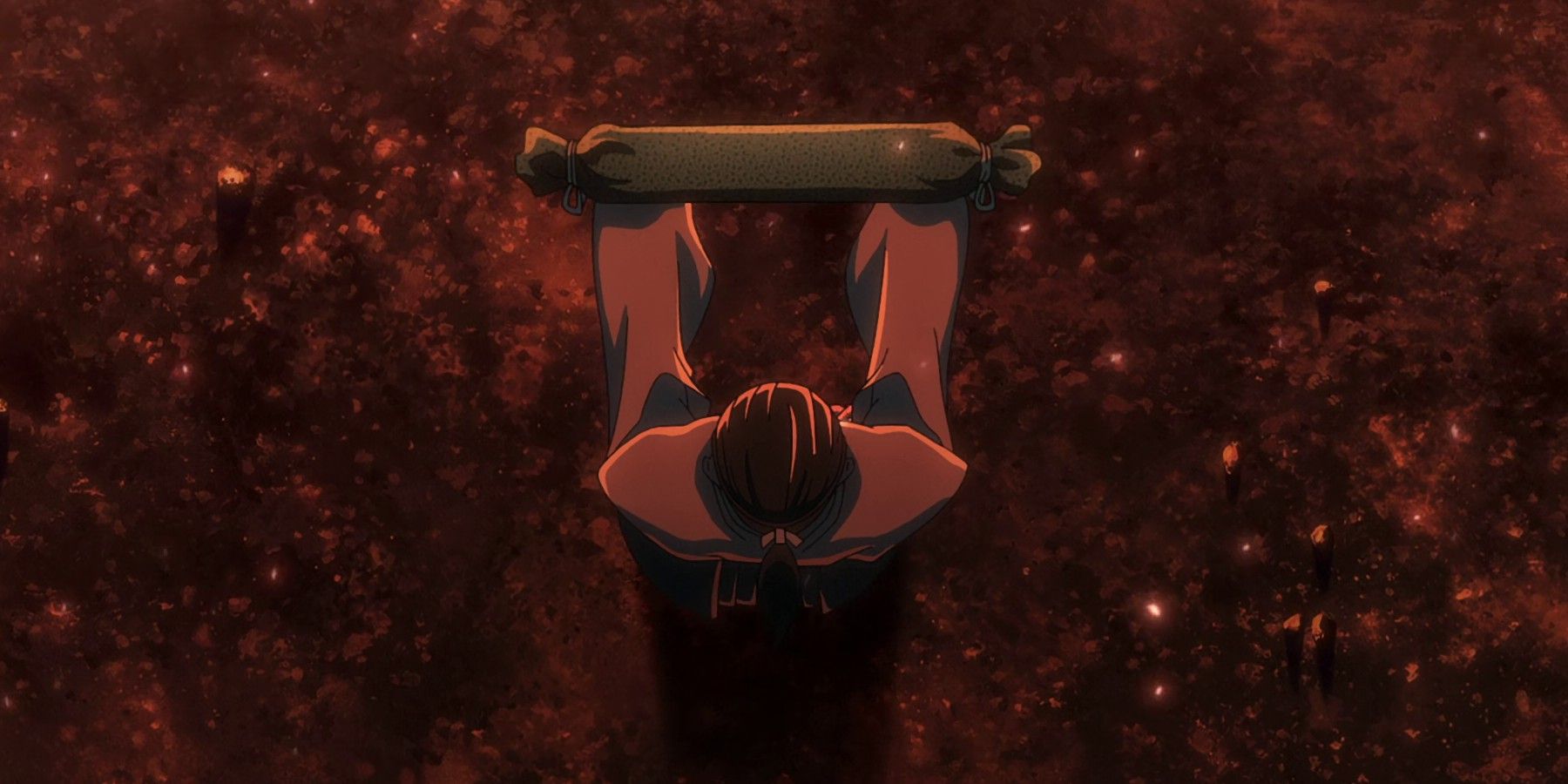
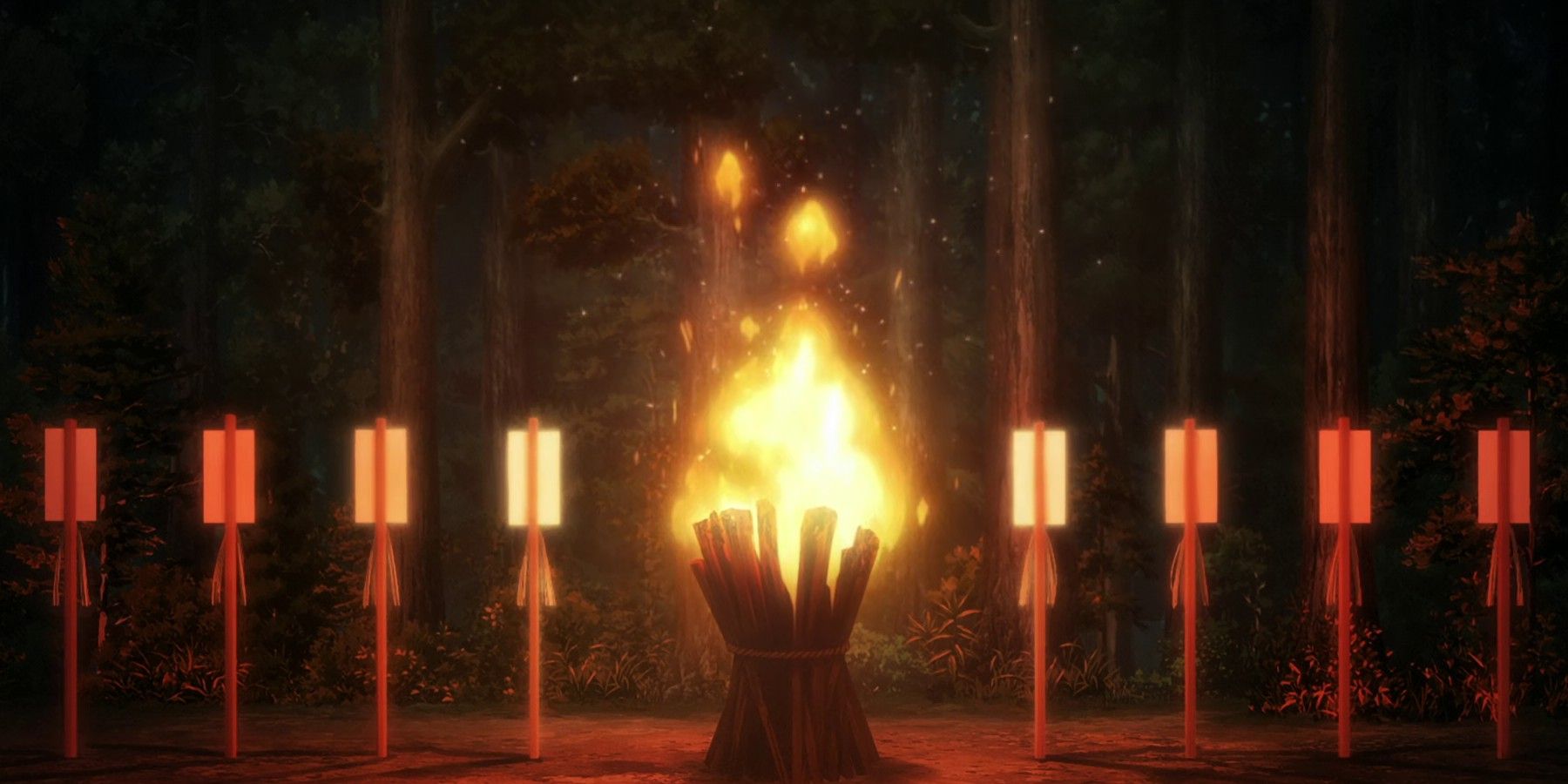
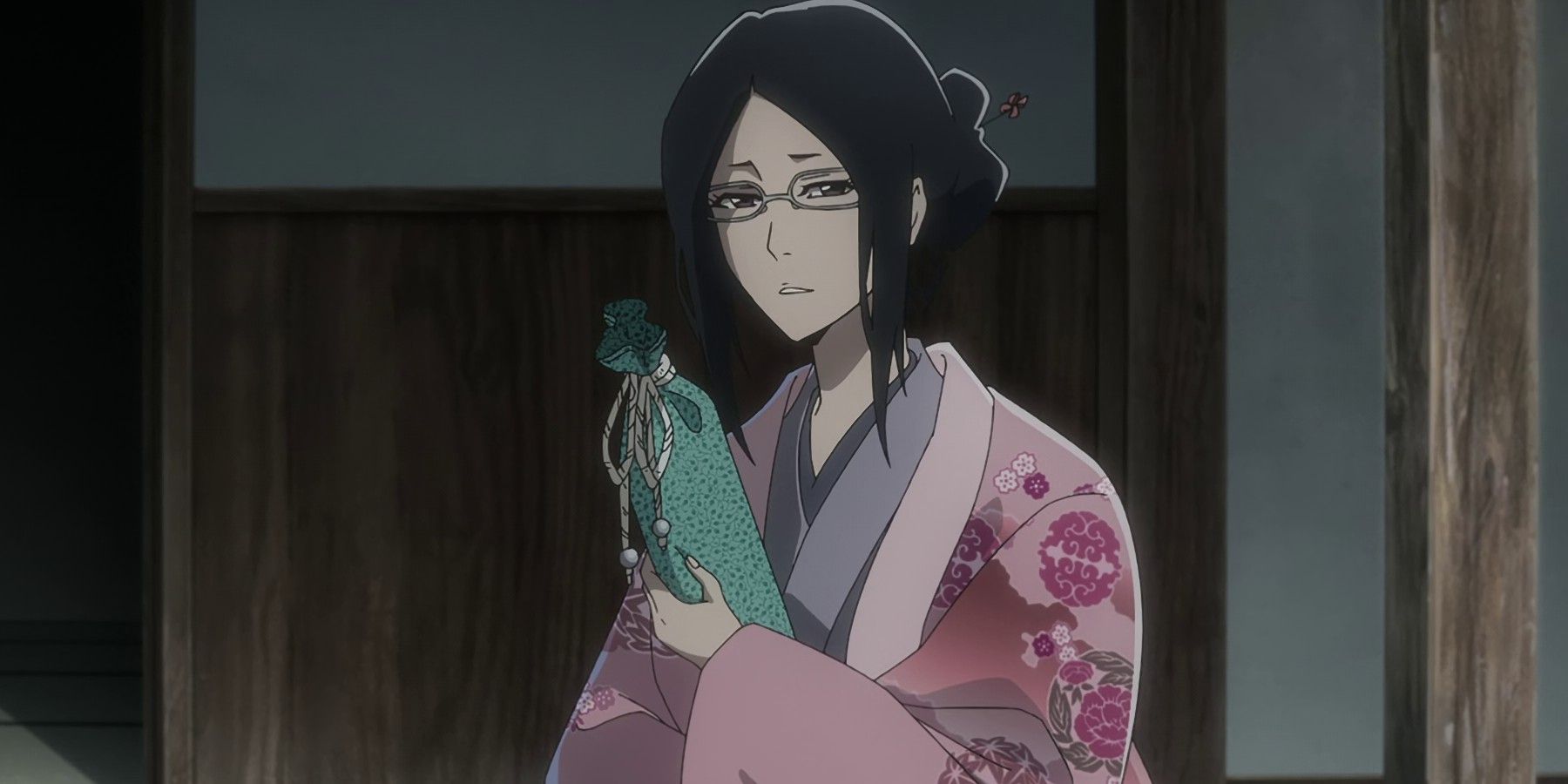
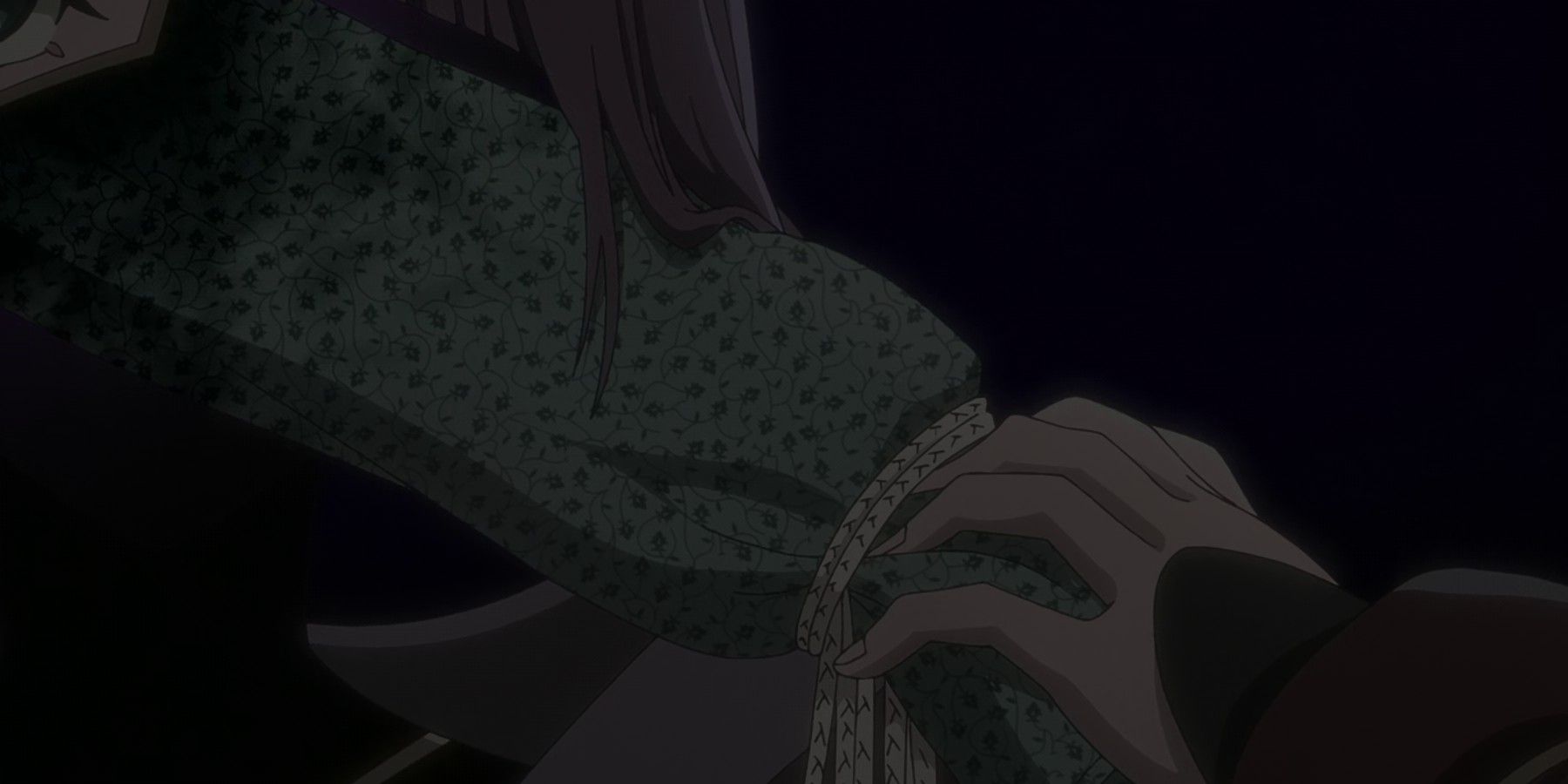
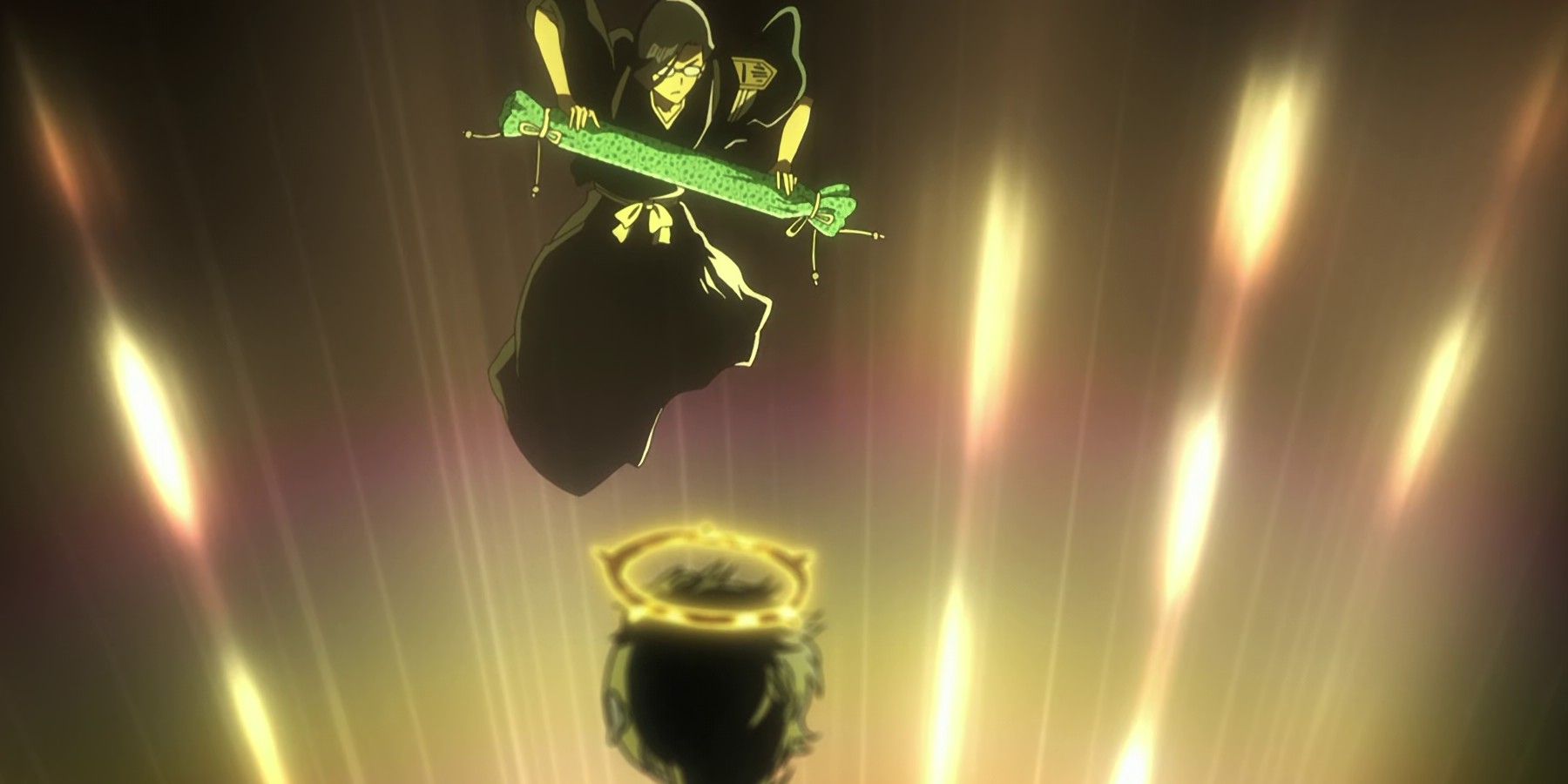
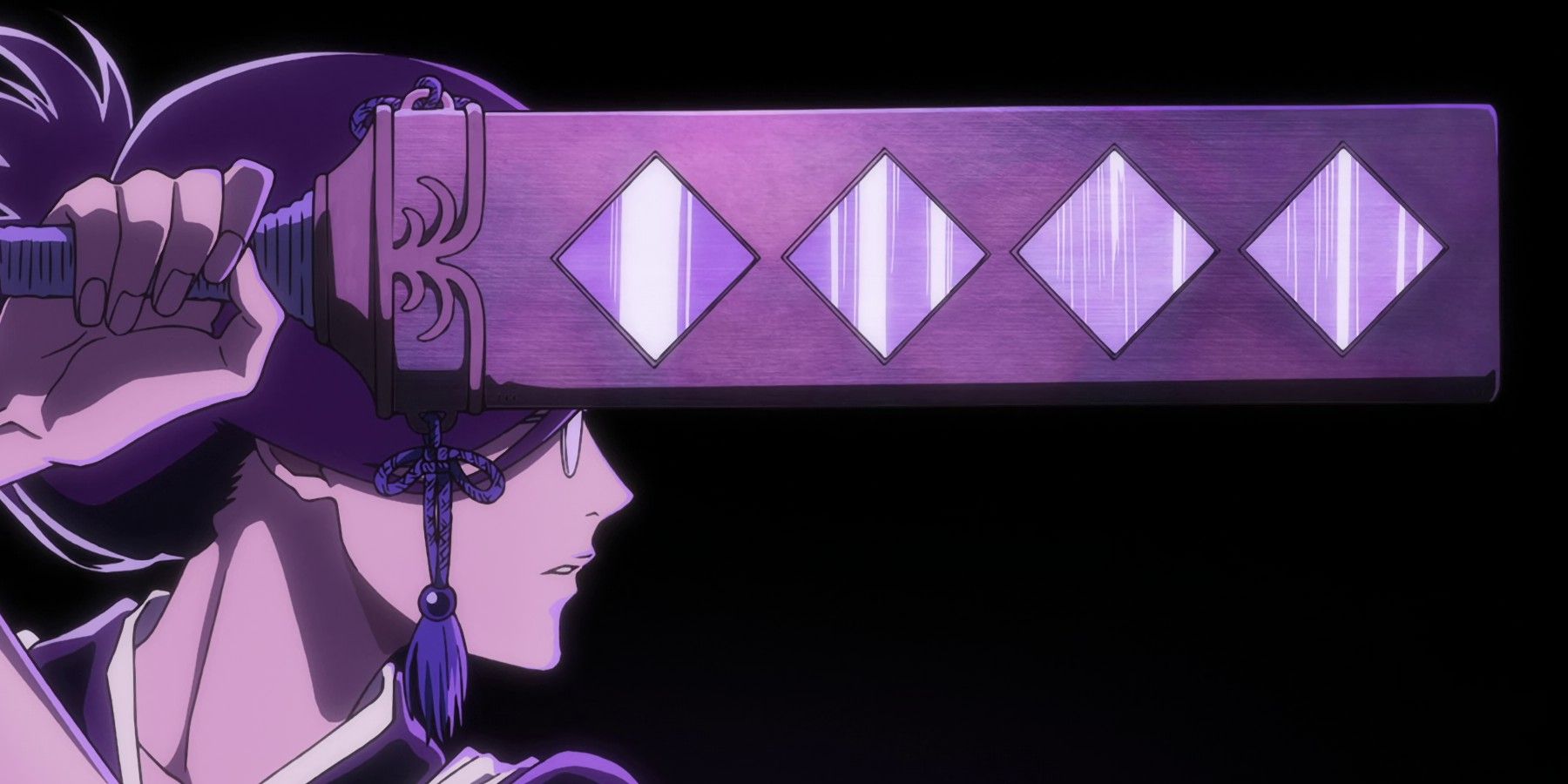
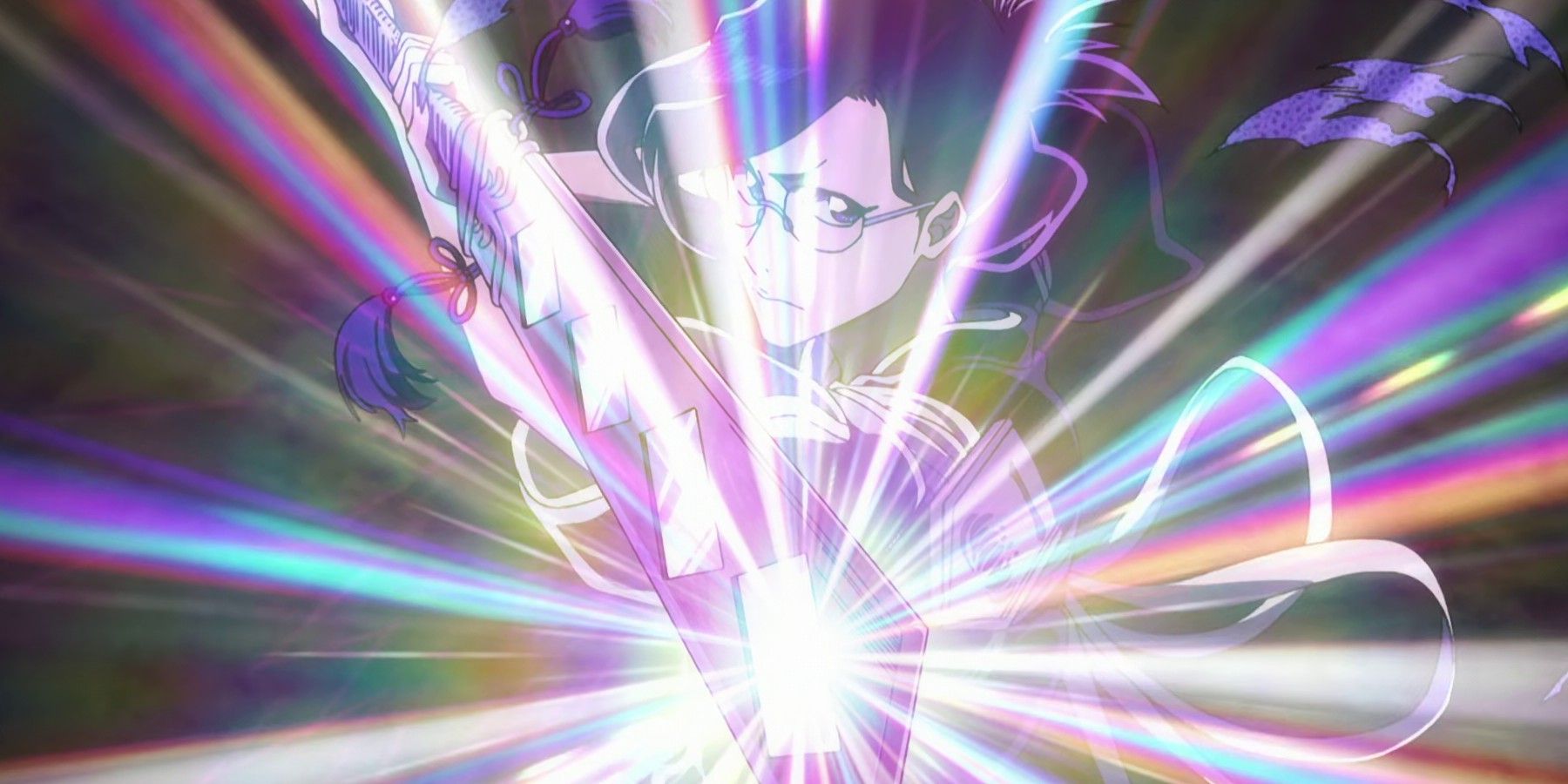
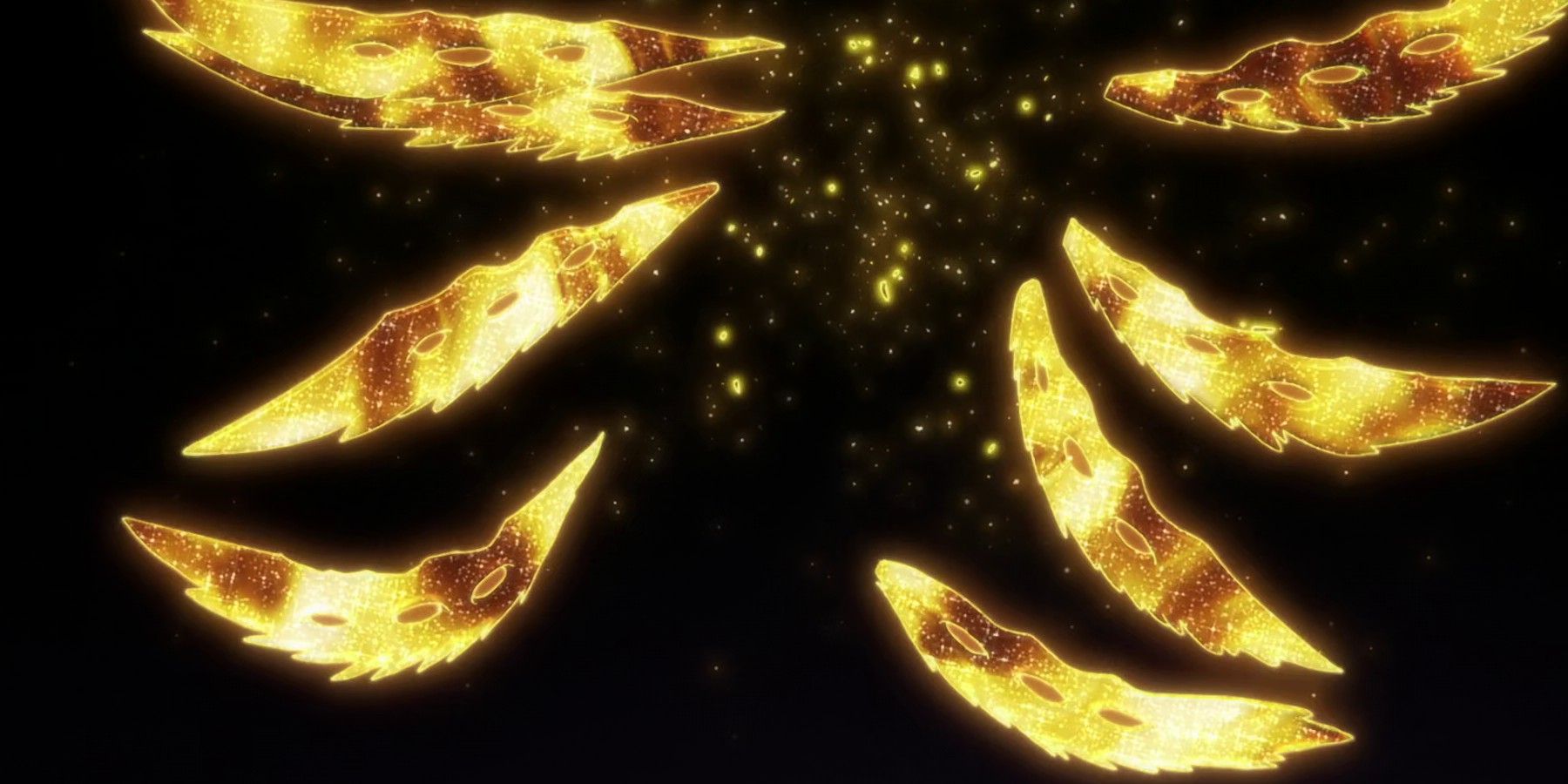
In the spiritual realm known as Soul Society, the Ise Family is a lineage of Shinto priestesses who are also Shinigami. Records indicate that only females are born into this family, who then marry males from other families. However, a strange occurrence called a “curse” has resulted in every husband of an Ise Family member, including Nanao Ise’s father – Shunsui Kyōraku’s elder brother – passing away shortly after their marriage. Unlike other Shinigami, no member of the Ise Family has ever possessed their own Zanpakutō, with the head of the family traditionally passing down a ceremonial Zanpakutō called the Shinken Hakkyōken, or Divine Eight-Mirror Sword, to the next generation. Even when given an Asauchi, Nanao was unable to create her own Zanpakutō. As their role, these priests are responsible for conducting unique rituals and ceremonies, some of which involve using the family’s Shinken Hakkyōken – a decorative, diamond-adorned sword with no edge.
In this narrative, it’s believed that the Shinken Hakkyōken embodies the power of the divine adversary encountered by its user. During a fierce battle, Lille Barro unleashed his “Trompete” attack in its ultimate form, resembling a cataclysmic beam of celestial light reminiscent of the Seven Trumpets of Apocalypse from the Book of Revelation, signifying the end times. Remarkably, Nanao countered this attack by reflecting it back at Lille, annihilating him with his own divine force. Quite ironic, isn’t it?
BLEACH: Thousand-Year Blood War is available on Hulu and Disney+.
Read More
- 6 Best Mechs for Beginners in Mecha Break to Dominate Matches!
- Unleash Willow’s Power: The Ultimate Build for Reverse: 1999!
- How to Reach 80,000M in Dead Rails
- One Piece 1142 Spoilers: Loki Unleashes Chaos While Holy Knights Strike!
- Unlock the Ultimate Armor Sets in Kingdom Come: Deliverance 2!
- Top 5 Swords in Kingdom Come Deliverance 2
- 8 Best Souls-Like Games With Co-op
- New Details On NASCAR 25 Career Mode Released
- John Carpenter’s Toxic Commando: Mastering Zombie Co-Op Legacy
- LUNC PREDICTION. LUNC cryptocurrency
2024-12-21 05:34